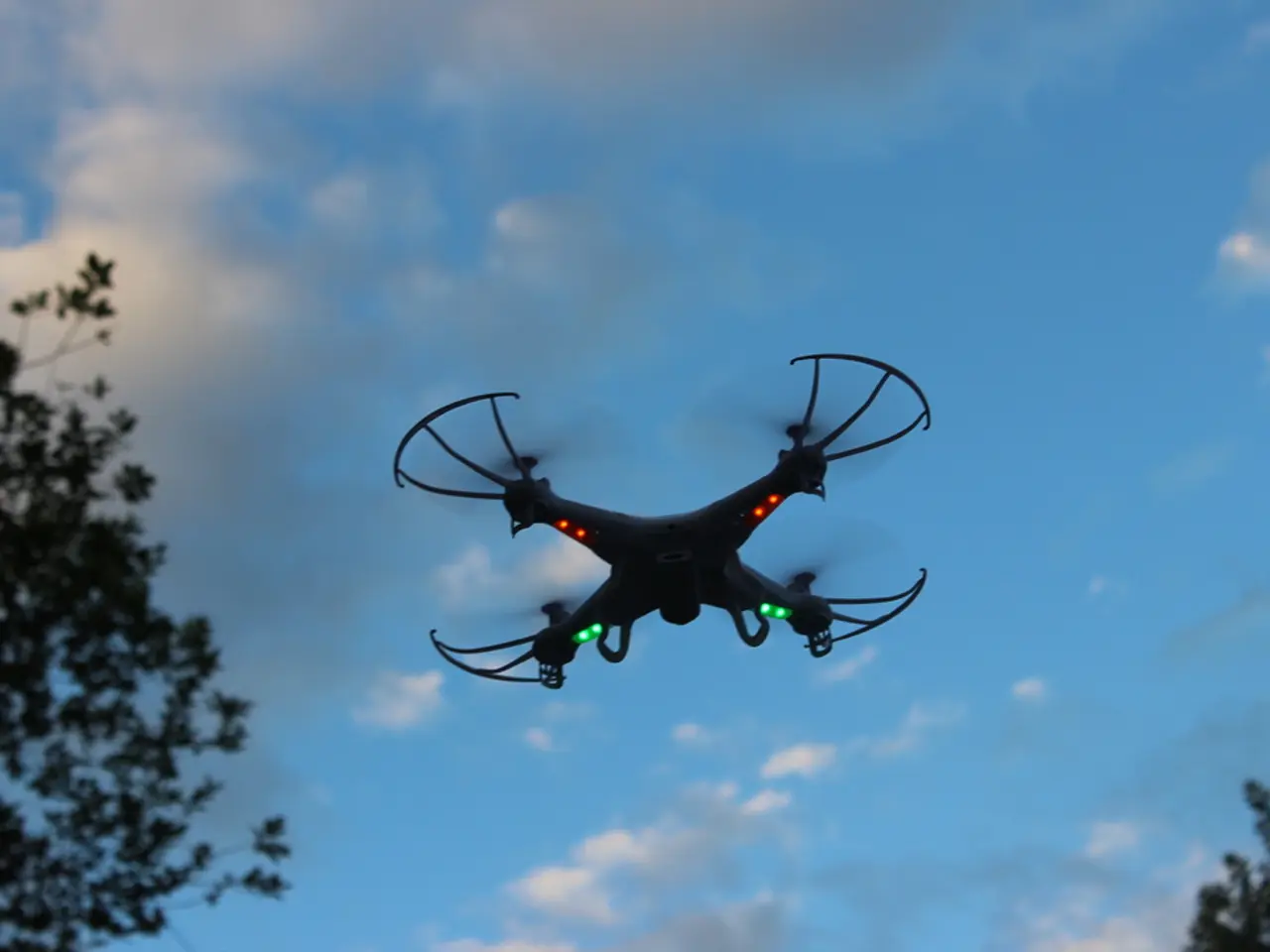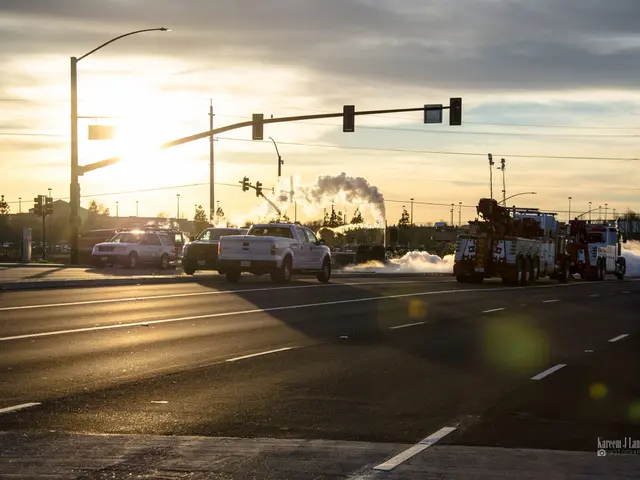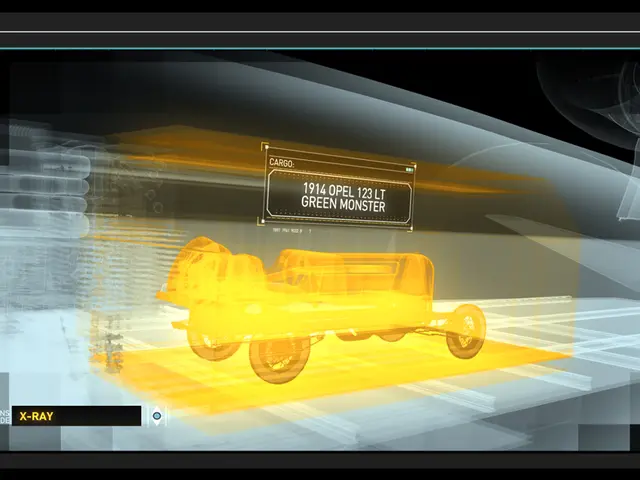Impacts of DJI's Absence on the Drone Industry
In the world of drones, DJI has been a game-changer, shaping the industry, regulation, workflows, and cultural acceptance of these flying machines. Without DJI, the drone landscape would undergo significant changes, with uncertainty and fragmentation being the norm during the immediate adjustment period.
The absence of DJI would likely result in slower global adoption, more cautious innovation, and higher costs for the drone industry. Developing markets, in particular, might face reduced innovation and weaker adoption, making it challenging for these regions to keep pace with technological advancements.
On the other hand, regional drone manufacturers in the U.S. and Europe could see accelerated growth. With government backing and policies encouraging domestic alternatives, these companies could fill market gaps in agriculture, inspection, and logistics.
Public safety agencies have become heavily reliant on DJI drones for real-time situational awareness during emergencies. The Mavic 2 Enterprise series, equipped with thermal imaging, has been a crucial tool for first responders. A shift away from DJI could potentially cause temporary stagnation in this sector.
Surveying and mapping firms depend on DJI's Matrice RTK drones for high-precision data collection. These drones have replaced time-consuming ground measurements and manned aerial surveys, improving efficiency and accuracy. In a post-DJI era, competitors would need to match DJI's precision and reliability to maintain the same level of service.
Market-standard features in drone technology that would likely be missing without DJI include advanced autonomous flight systems, integrated software-controlled operation, extensive use of drones-in-a-box (Diab) technology, and broad commercial application support. DJI's innovations have set benchmarks in ease of use, programmability, and industry-wide adoption across sectors like agriculture, infrastructure, and security.
Skydio, known for its autonomy-driven drones, could expand beyond defense and public safety markets into broader consumer and enterprise markets. Autel Robotics could also scale quickly, offering users a familiar mix of portability, imaging quality, and affordability.
Parrot could strengthen its market presence in defense and enterprise solutions, returning to its roots after struggling in consumer markets dominated by DJI. Even in a post-DJI era, DJI would continue setting benchmarks and remain the yardstick by which all others are measured.
Despite the changes, DJI has transformed drones from specialized tools into everyday assets for businesses, governments, and individuals. This shift, which has shaped the industry, is unlikely to be undone easily, even in a post-DJI world. Farmers worldwide have embraced DJI's Agras series for automating spraying and crop monitoring, improving efficiency and sustainability.
In conclusion, while the drone industry would face challenges without DJI, there are opportunities for other players to step up and fill the gaps. However, it is clear that DJI's influence will continue to be felt, even as the industry evolves.
Read also:
- Peptide YY (PYY): Exploring its Role in Appetite Suppression, Intestinal Health, and Cognitive Links
- Toddler Health: Rotavirus Signs, Origins, and Potential Complications
- Digestive issues and heart discomfort: Root causes and associated health conditions
- House Infernos: Deadly Hazards Surpassing the Flames








